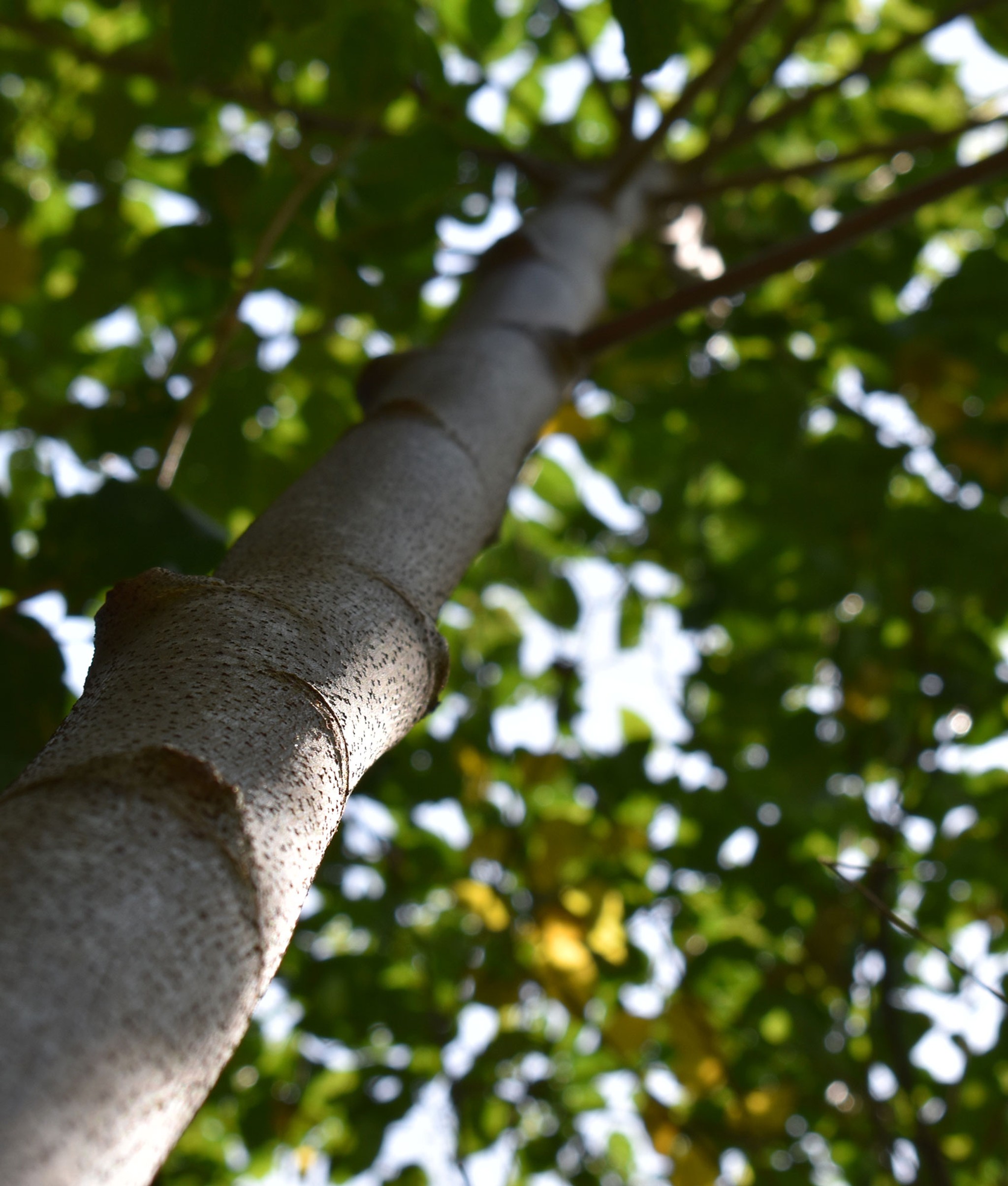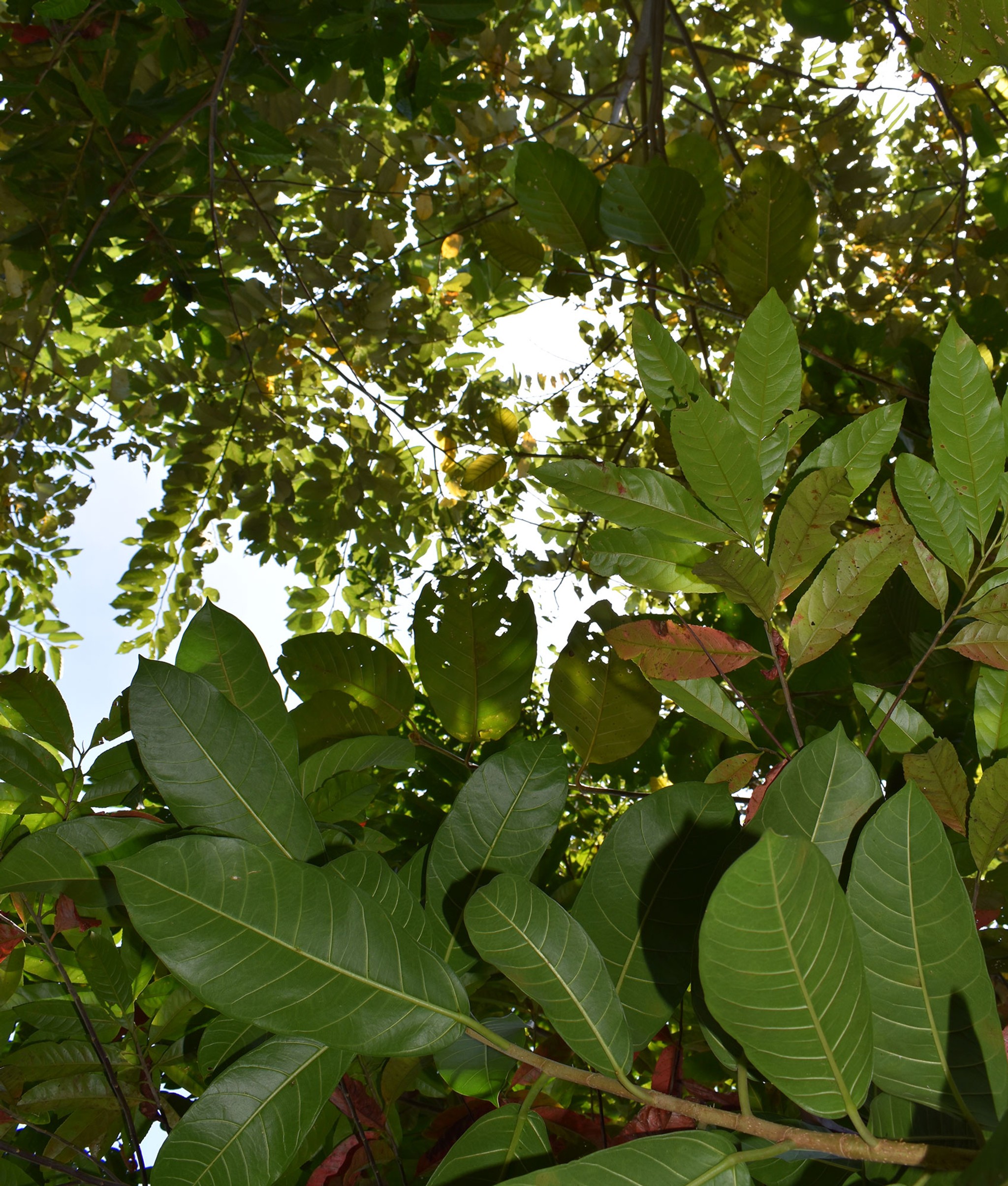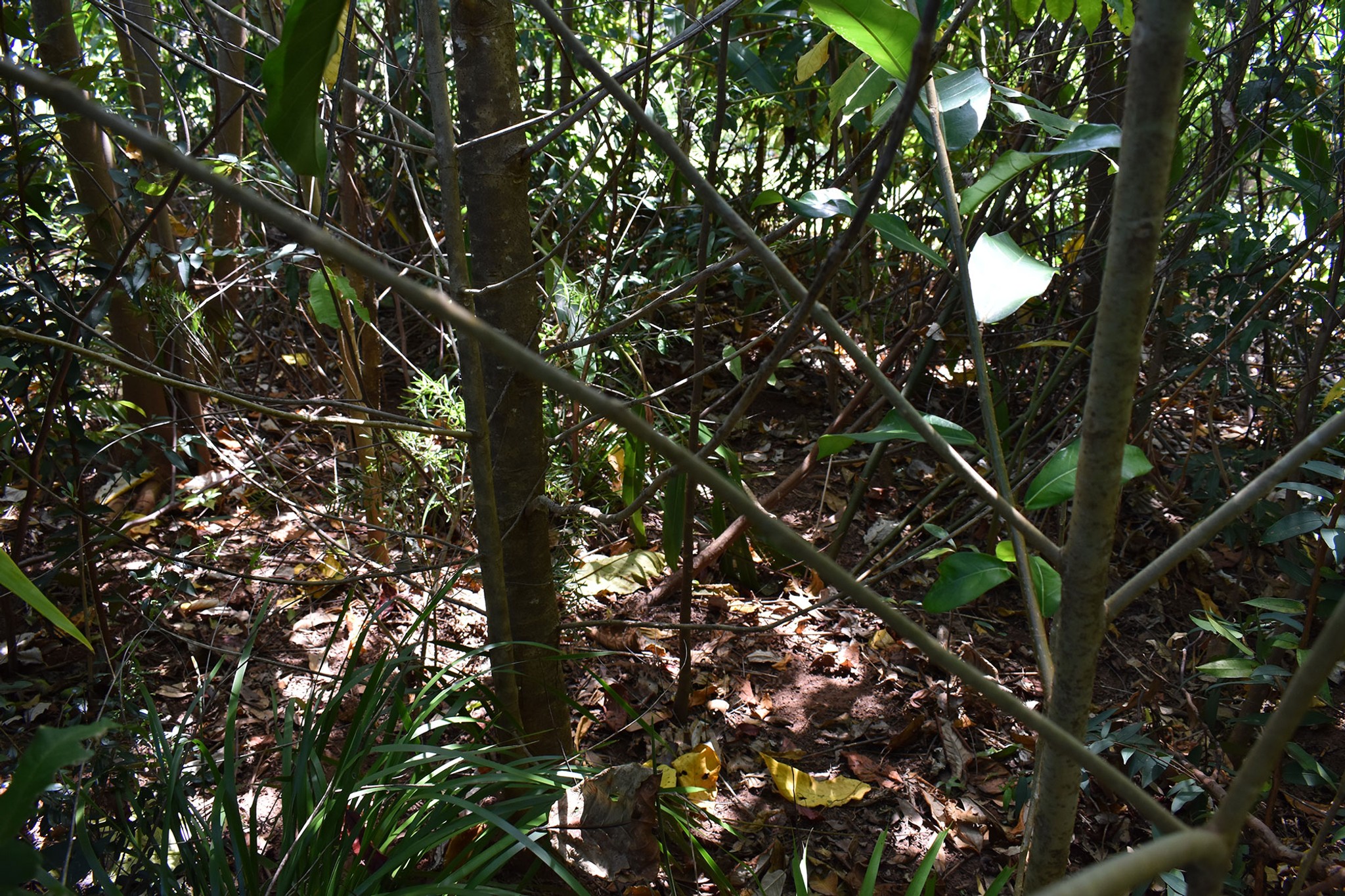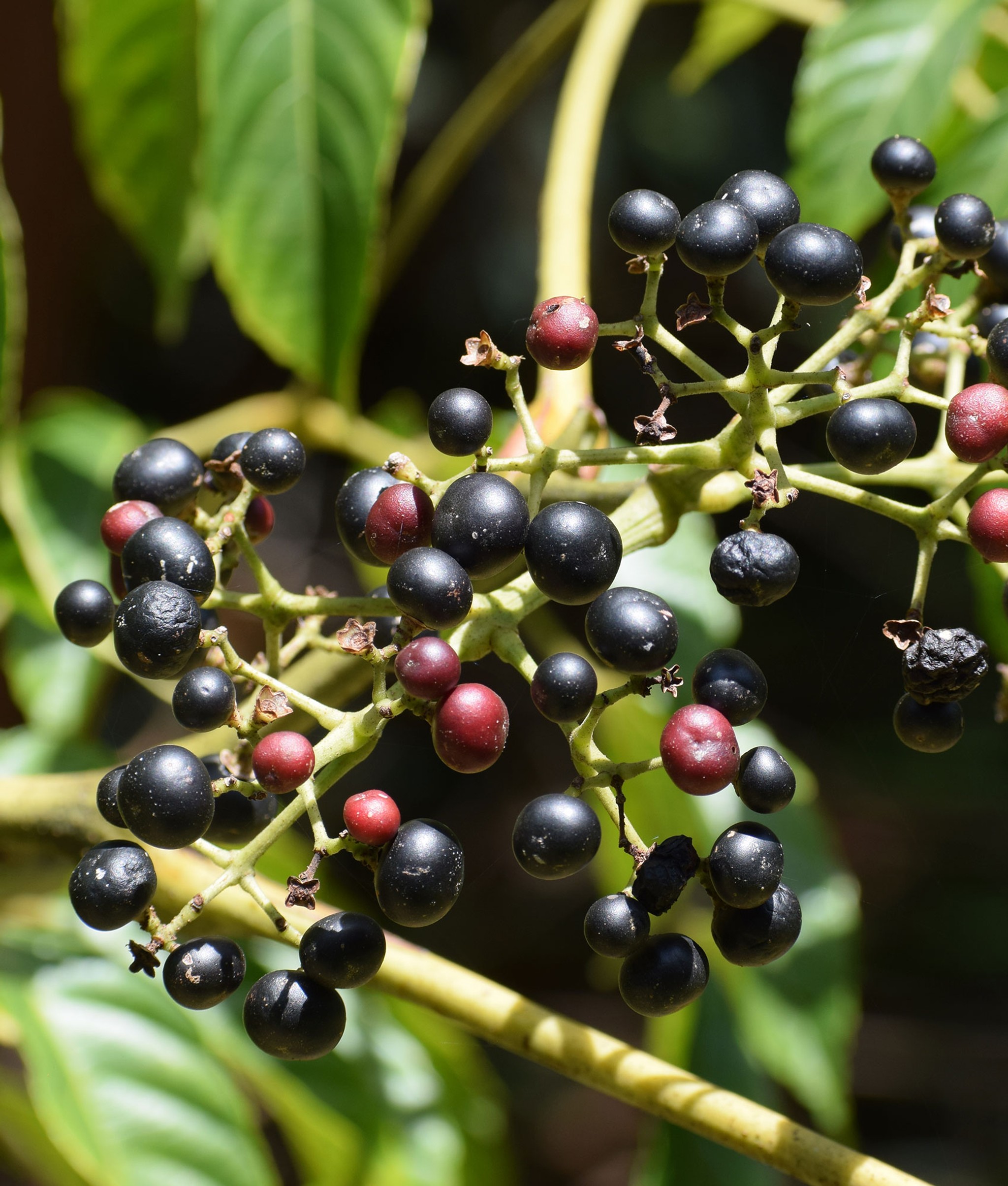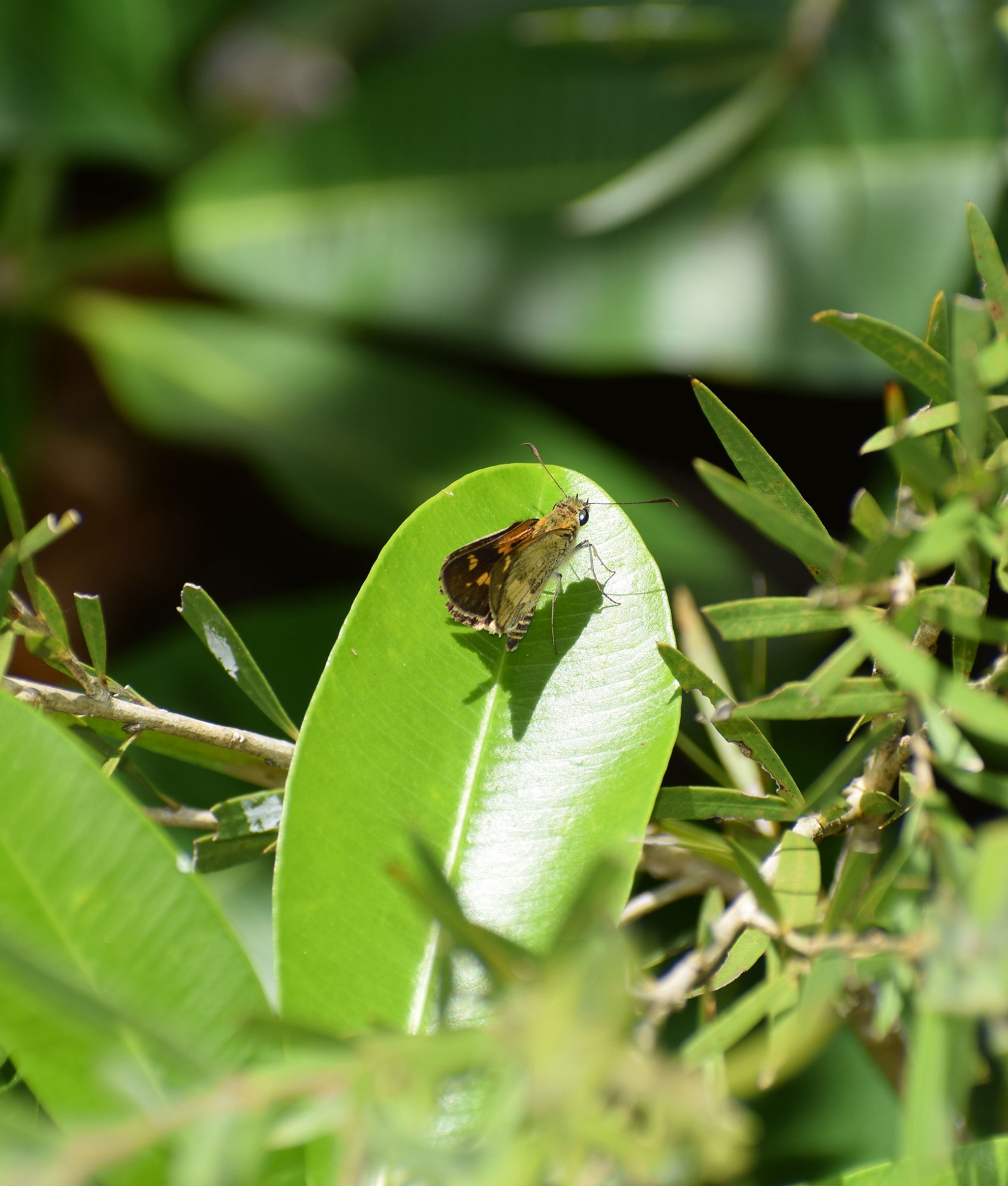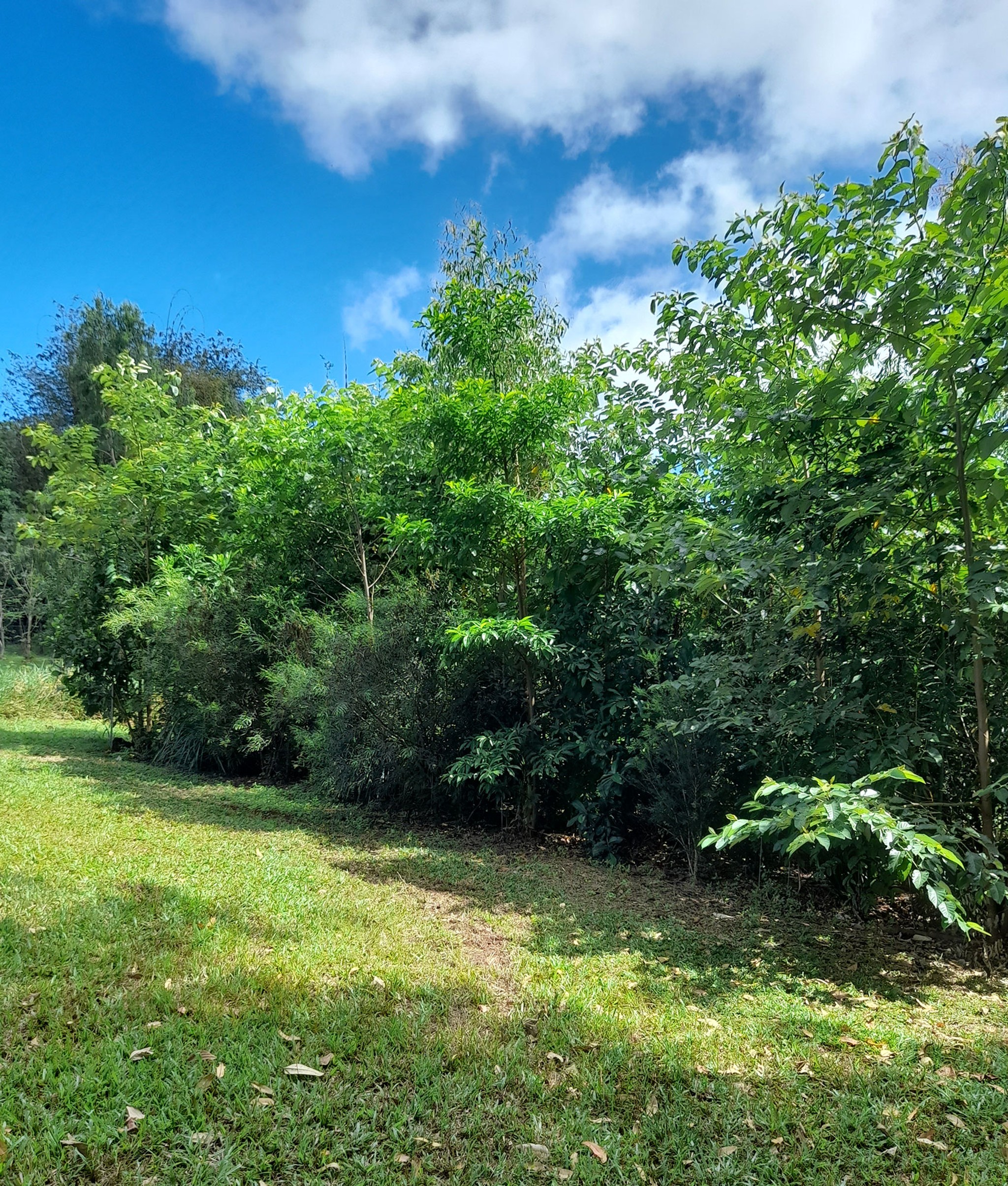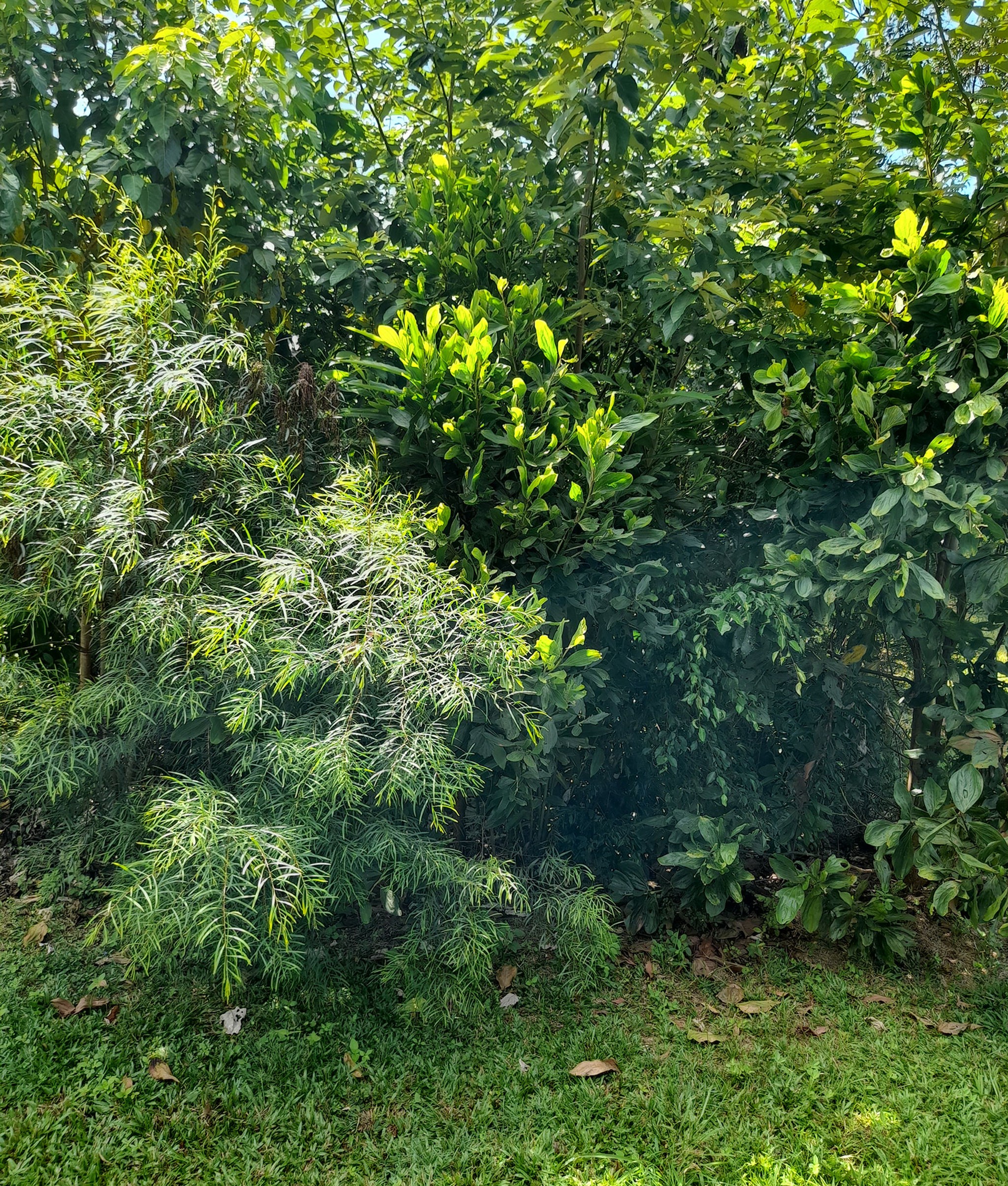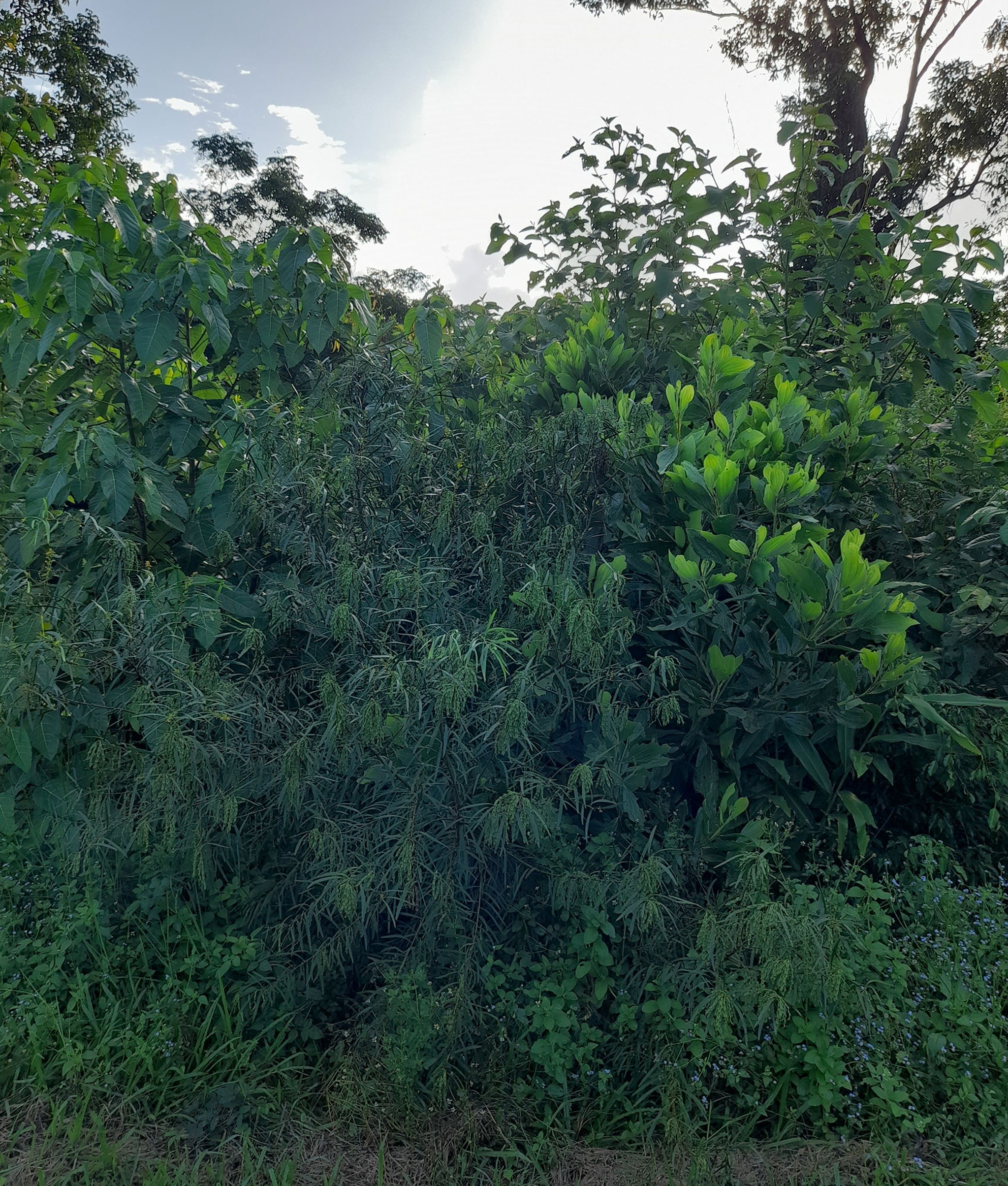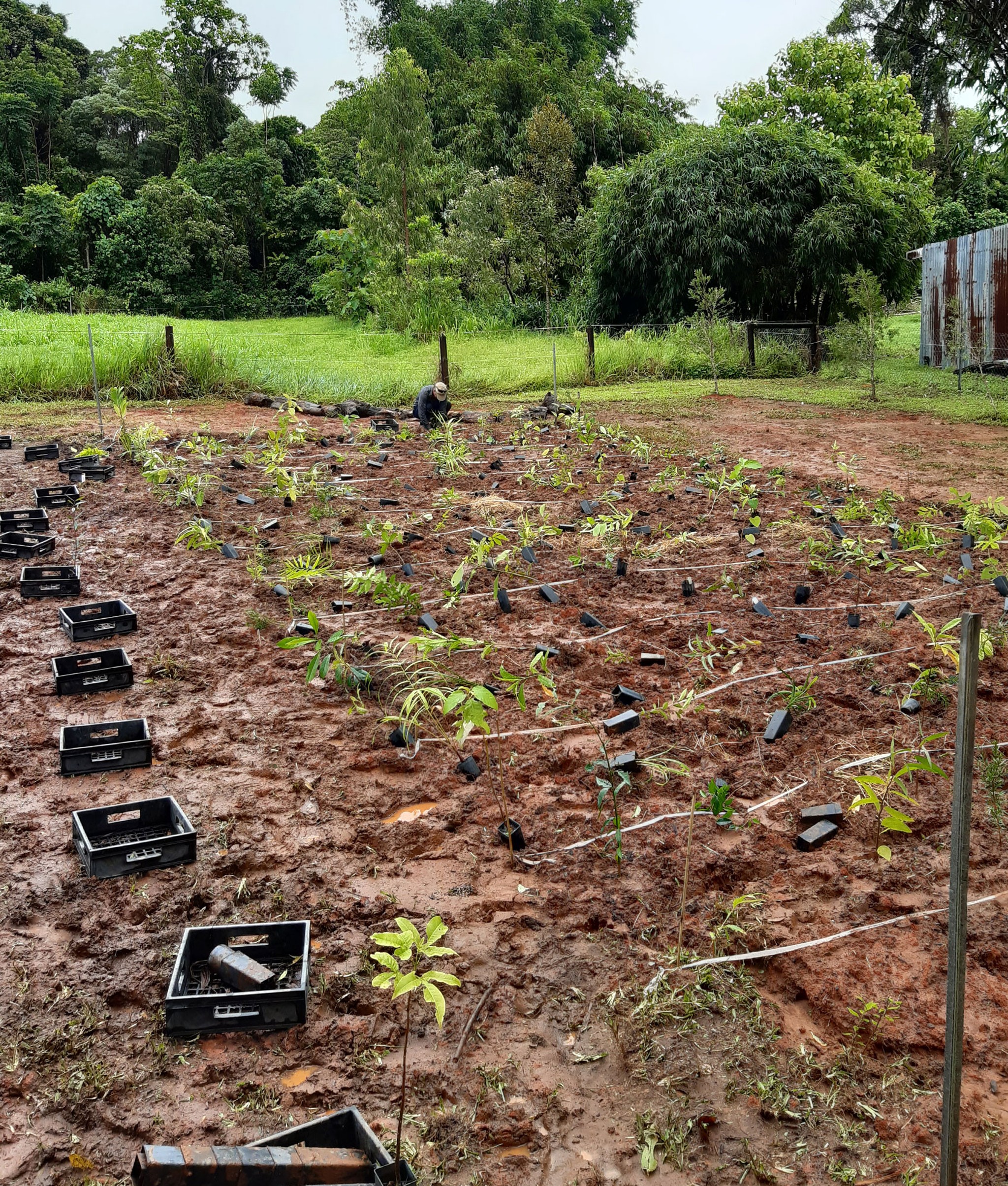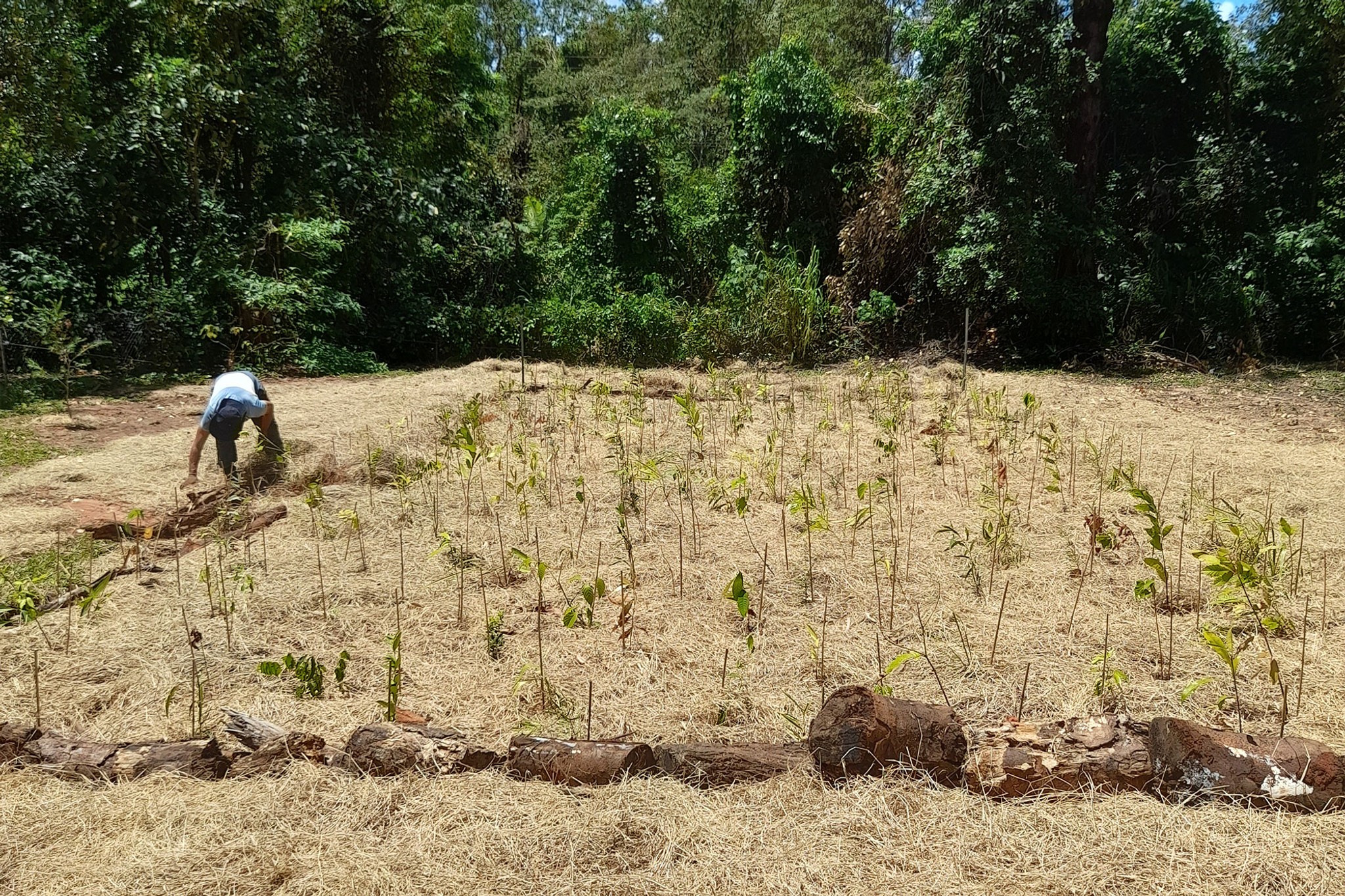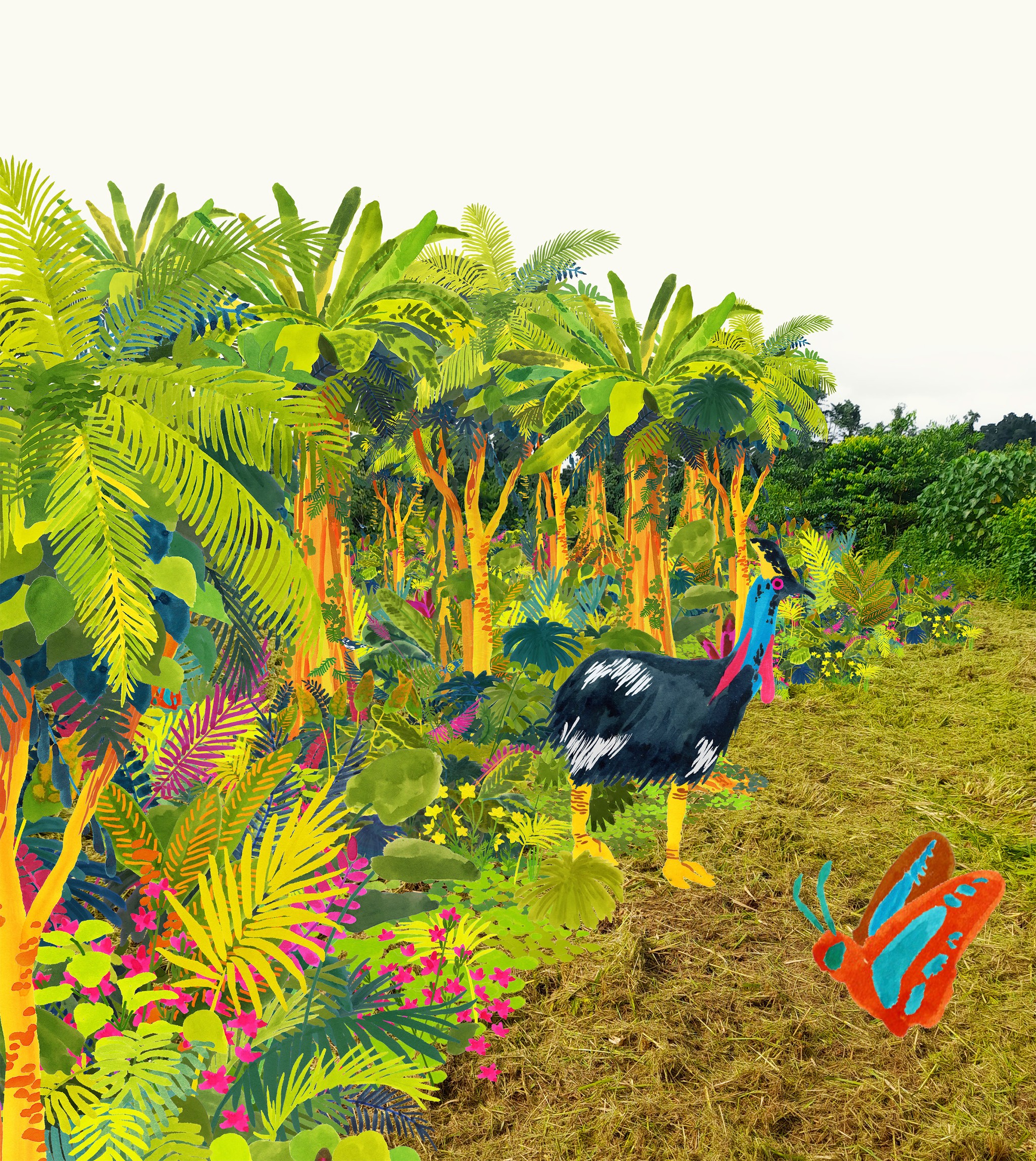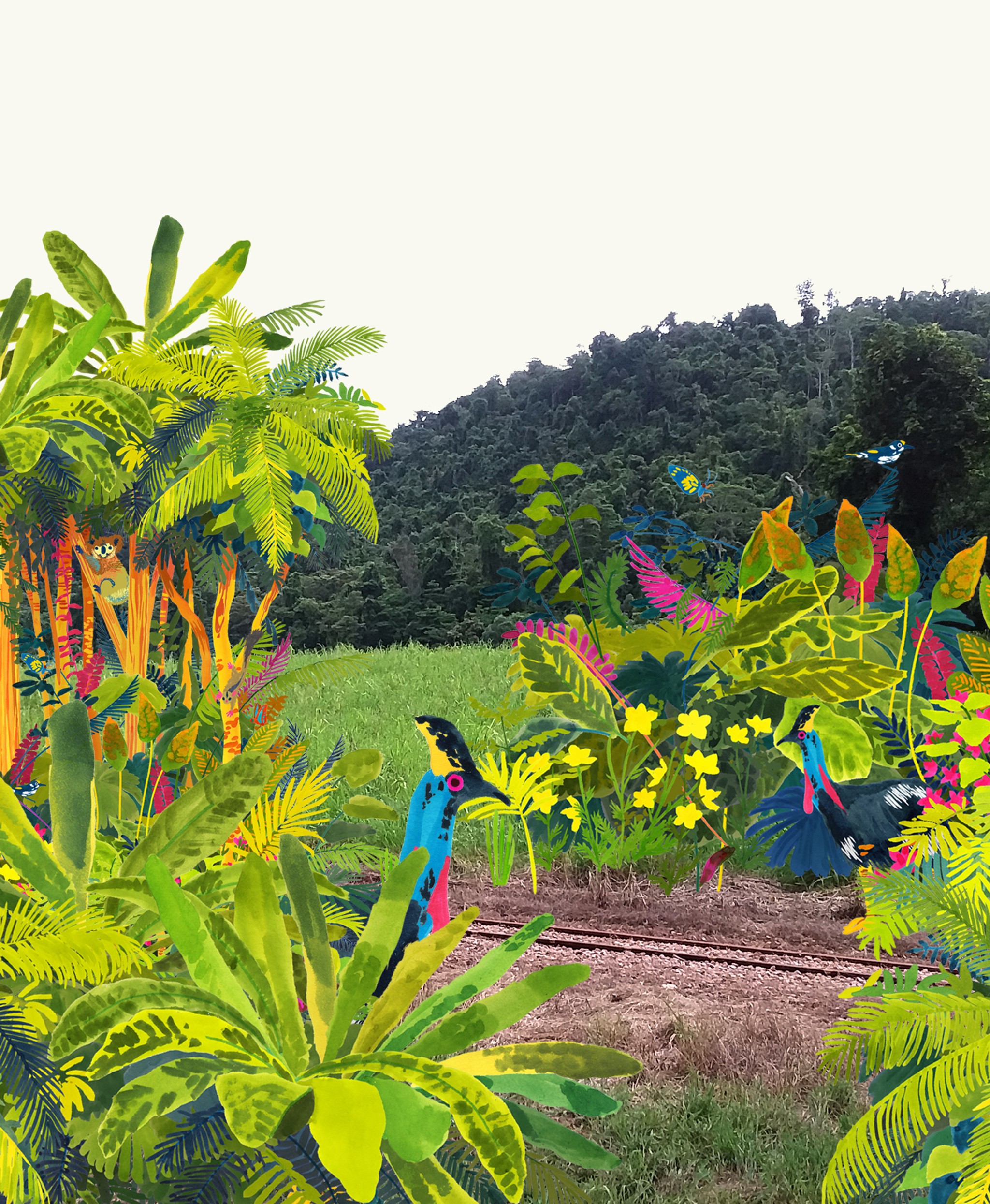Bingil
Restoring habitat for the endangered Southern Cassowary bird.

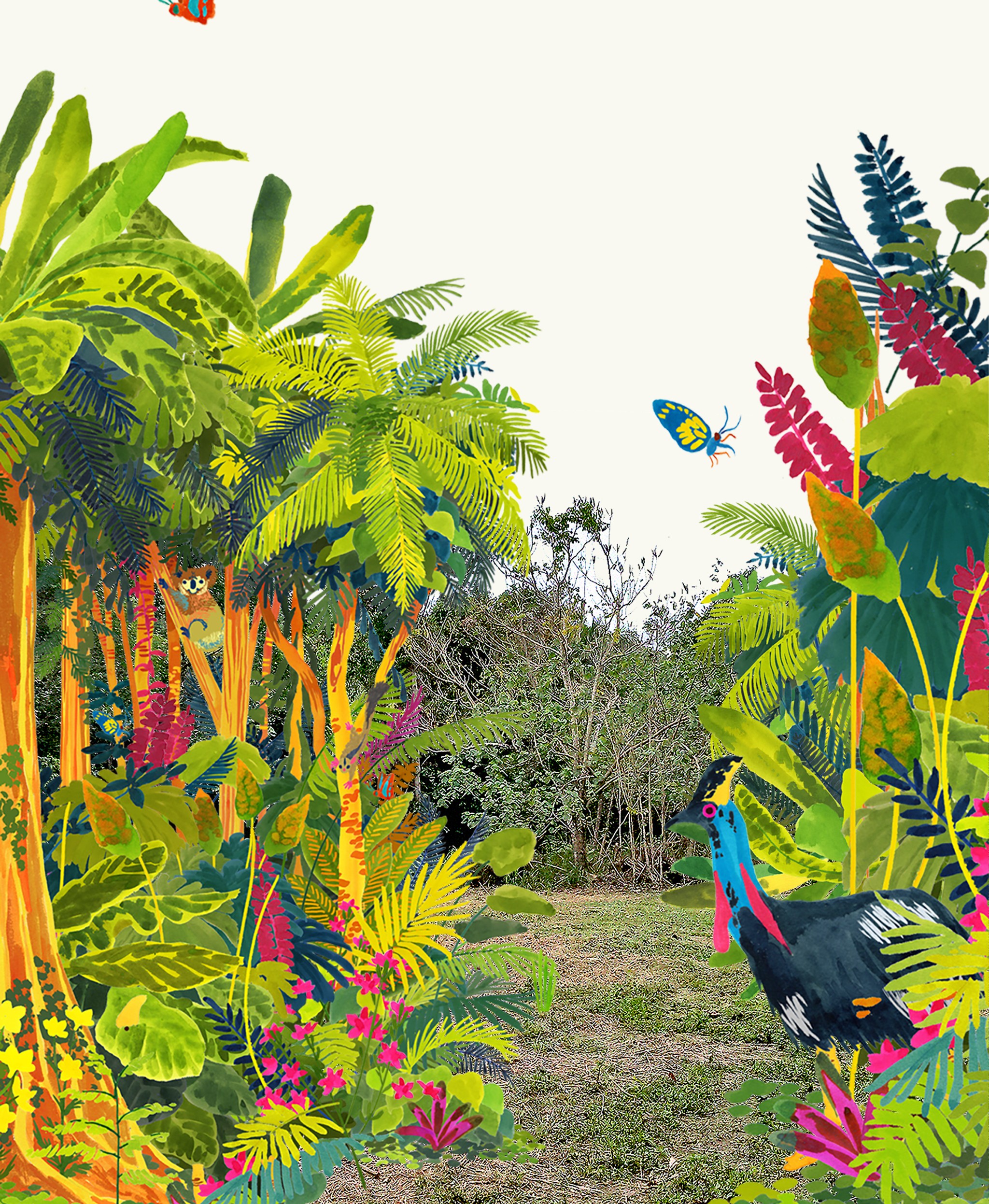
0
Trees
0
Square Meters
0
Native Species
Self Sustaining Forest
In March 2021, we planted this forest on land that was previously a lychee farm. This past use disrupted the safe passage of the endangered southern cassowary (Casuarius casuarius), but with this forest, we are restoring and re-building that crucial corridor.
The forest has become an important habitat for both plants and animals. It hosts key species like bandicoot berry (Leea indica), cabbage palms (Native cordyline), and wire vine (Muehlenbeckia Axillaris). New floral species are even emerging from bird droppings, boosting biodiversity and helping regenerate the landscape. Visitors can spot native moths fluttering through the trees and ants scurrying along the stems of pink evodia (Melicope elleryana).
As the forest matures, it will remain a sanctuary for the cassowary and other native species, supporting local biodiversity and restoring the area’s ecological balance.
Forest Maker
Brett Krause


Ecosystem Restored
Final report: 17.12.2024
After approximately three years our SUGi Pocket Forests become self-sustaining. They no longer require human maintenance or watering, and can be handed over to Nature for biodiversity and complexity to naturally develop.
0%
Survival Rate
0
People living within 300 meters
0
kg of potential CO2 sequestration
Biodiversity
Biodiversity is all the different kinds of life you'll find in one area—the variety of animals, plants, fungi, and even microorganisms like bacteria that make up our natural world. Each of these species and organisms work together in ecosystems, like an intricate web, to maintain balance and support life.
0
Potential number of mammals
0
Potential number of birds
0
Potential number of amphibians
“The land we identified for a Miyawaki Forest was previously a lychee farm. The forest clearing disrupted the safe passway for the endangered Southern Cassowary bird.”
Brett Krause, SUGi Forest Maker
Forest Report: 2022
0 Months
Forest Age
0%
Survival Rate
0m
Average of Tallest 3 Trees
Bingil is doing very well at just over 18 months. In 1 year this pocket forest has increased in height from 200-700cm.
Forest floor and leaf litter is now established, with zero weed penetration. The forest is self-sustaining. Along with Smith’s Gap and Bilyana, SUGi’s two older Queensland pocket forests, new floral species are growing in the forest from bird droppings.
Forest Report: 2021
0 Months
Forest Age
0%
Survival Rate
0m
Tallest Tree
The forest is looking very healthy with one species already flowering. Seed succession is underway from a nearby forest.

